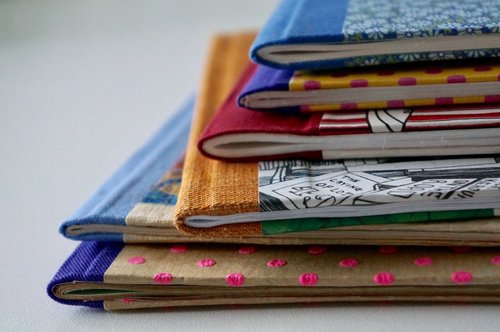Another fantastic insight into week three of the London Rare Books School (LRBS), Kelsey Champagne, Ph.D student in the History and Renaissance Studies department, examines European Bookbinding.
“As a graduate student at the early stages of a PhD with no experience with the structure of books outside of what I have taught myself through my own archival research, I had no idea what to expect from a class quite ambitiously titled European Bookbindings: 1500-1800—whose content, I should add, proved no less ambitious than promised. Among my classmates were fellow graduate students as well as rare books librarians, antiquarian book sellers, an apprentice bookbinder and a rare books conservator. Our range of experience, needless to say, was vast.
By the end of the first session, however, we all discovered that none of us had any idea how complex, varied and under-appreciated the history of bookbinding truly is. Over the course of the week, we found ourselves a riveted—and often bewildered—audience to Professor Pickwoad’s impressively expansive knowledge accrued from years of experience travelling the world to look at books in archives, libraries and book fairs, learning the trade first-hand himself and training as a historian and literary scholar of the Early Modern period. Each of us learned an incredible amount about the construction of books, from the printing process to the general binding process, to innumerable variations, and much more. For me, as a historian interested in the circulation and readership of books in post-Reformation Europe, by far the most exciting knowledge that I gained (or, I should say, have furiously written down as reference) is the characteristics of bindings particular to different regions and time periods in Western Europe.
I am very grateful to have learned to identify the materials with which books were bound as well as the animals from which leather skins came, and to have been given the skills to inspect a bound book and identify its elements that suggest its provenance, which often differs from the place of printing of the text it encases. Beyond this, we had a thrilling week hopping around to three different libraries where we saw in the flesh of dozens of books the techniques we had discussed in class and seen in pictures on screen. A whirlwind course with more information than anyone other than Nicholas could ever retain in five days, this was an immensely helpful course for each of our different students from so many different backgrounds, as well as a truly fun time indulging in our mutual love for rare books.”
We would like to thank Kelsey for her kind words on LRBS this year.


